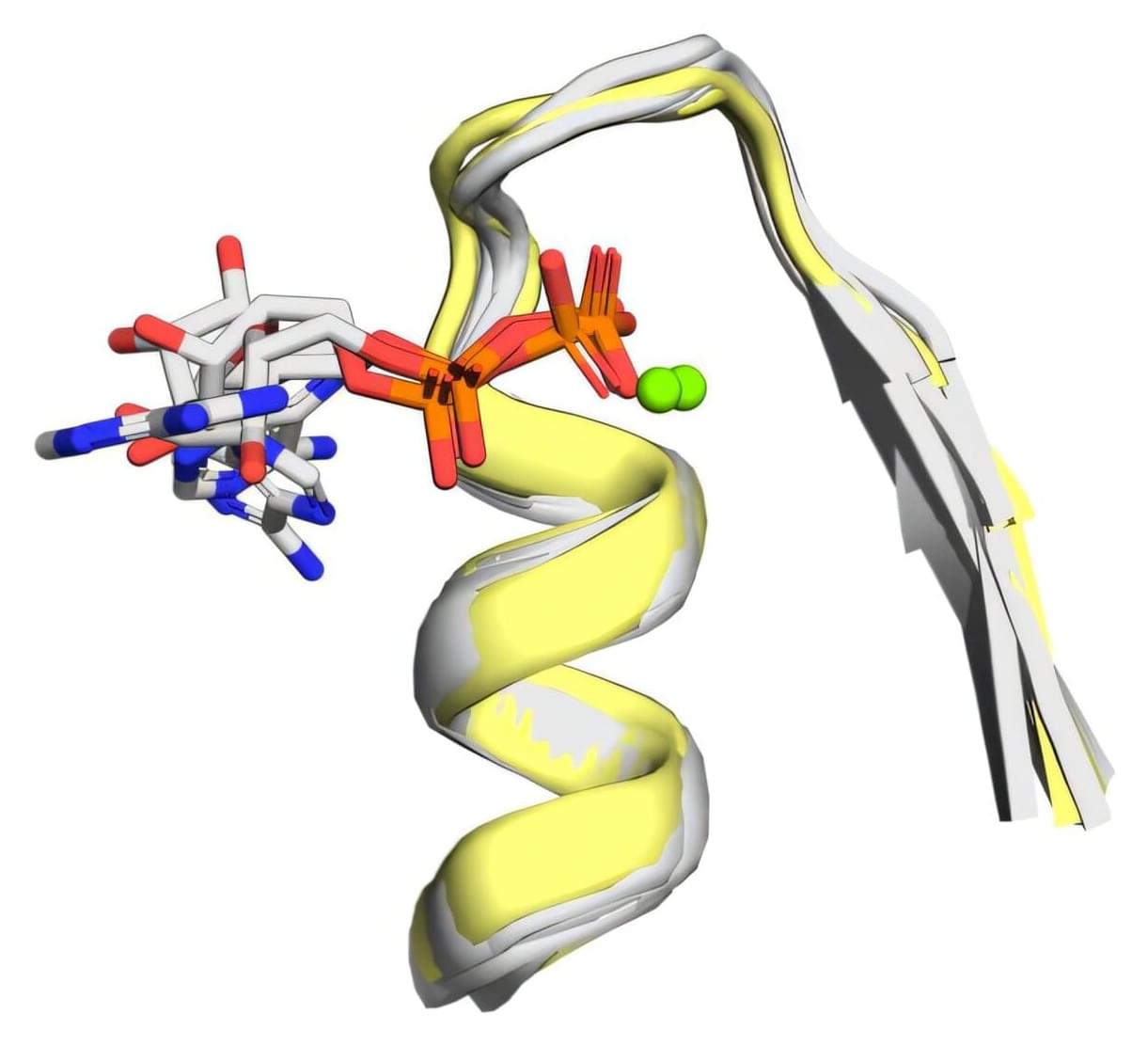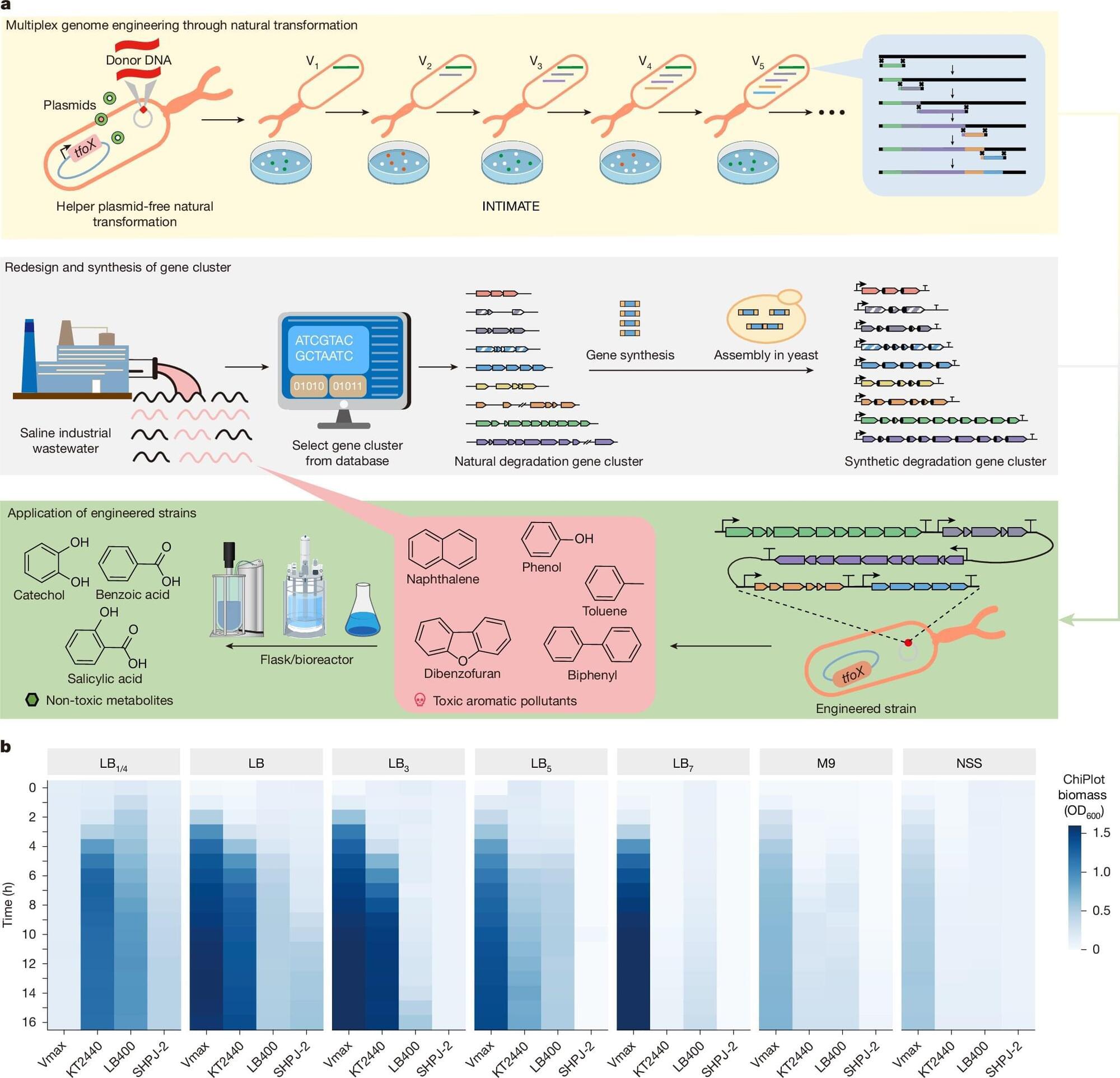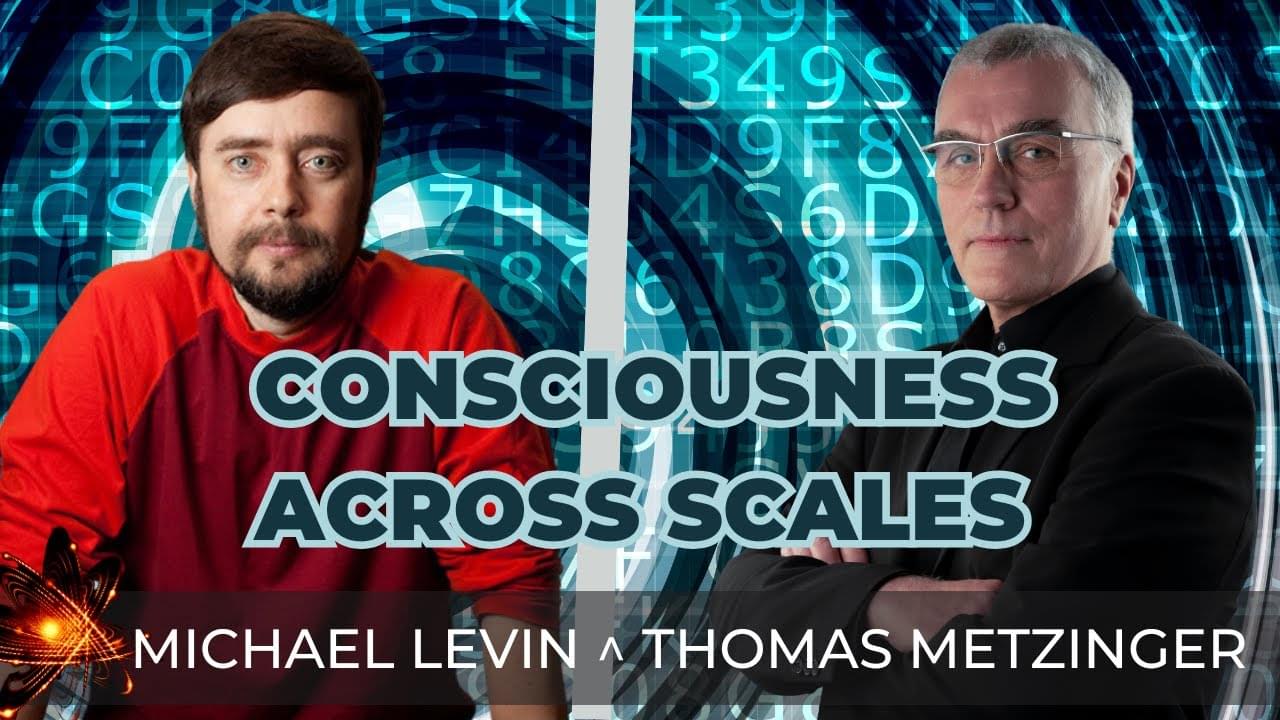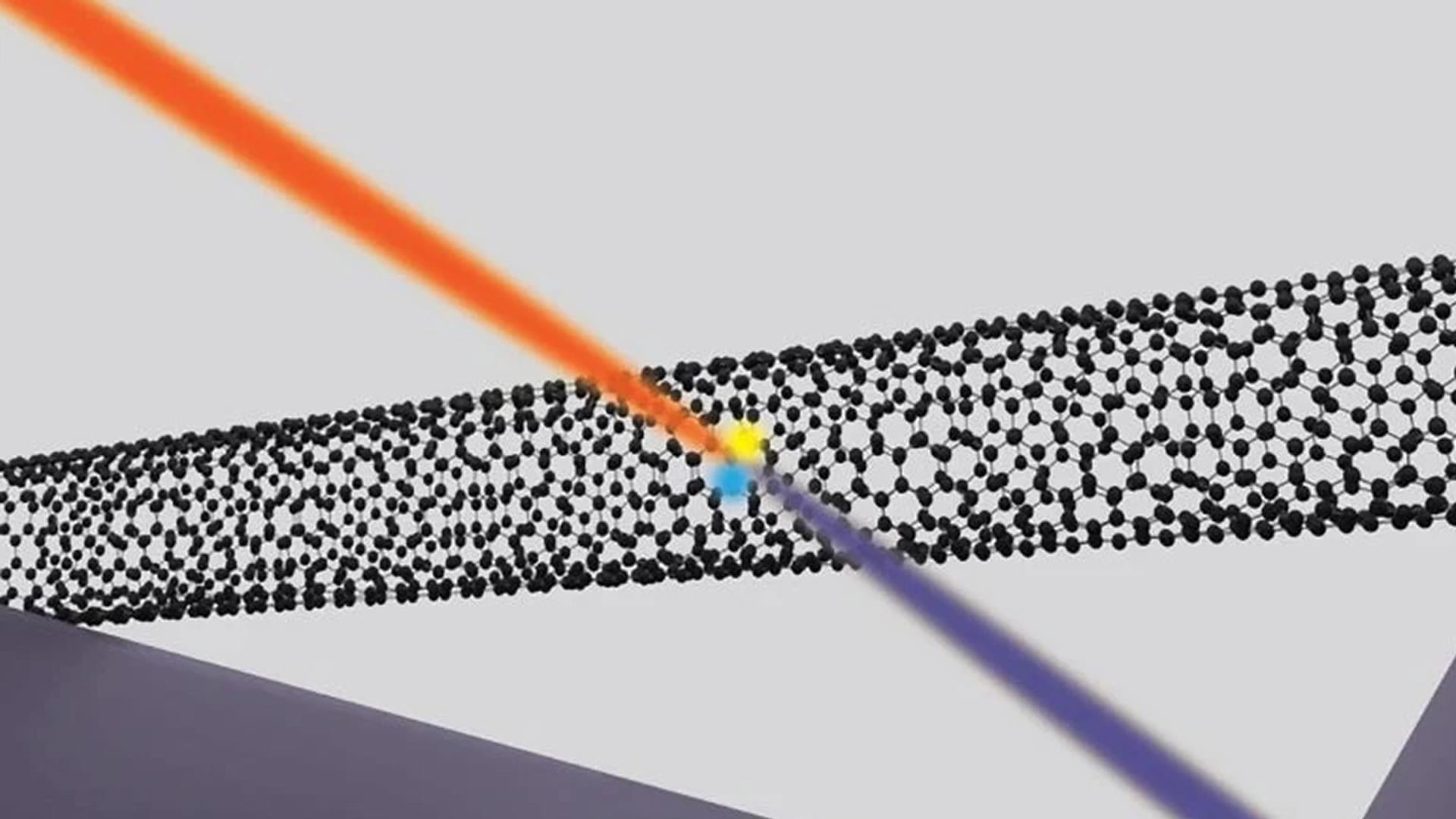Crystals are not alive, yet they grow, form complex structures, and even conduct electricity. Could life emerge from crystals rather than carbon-based molecules? Explore the intriguing possibility of crystal-based lifeforms, the challenges they would face, and the conditions where they might thrive. We journey to five exotic worlds—Vulcan, Ribbon World, Longenacht, Telluride, and Tempest—each offering unique environments where crystalline life might take hold. Could such life develop naturally, or might humanity one day engineer it? Join us as we dive into the cutting-edge science and speculative possibilities of crystalline biology.
Watch my exclusive video The End of Science https://nebula.tv/videos/isaacarthur–… Nebula using my link for 40% off an annual subscription: https://go.nebula.tv/isaacarthur Get a Lifetime Membership to Nebula for only $300: https://go.nebula.tv/lifetime?ref=isa… Use the link gift.nebula.tv/isaacarthur to give a year of Nebula to a friend for just $30. Visit our Website: http://www.isaacarthur.net Join Nebula: https://go.nebula.tv/isaacarthur Support us on Patreon: / isaacarthur Support us on Subscribestar: https://www.subscribestar.com/isaac-a… Facebook Group:
/ 1,583,992,725,237,264 Reddit:
/ isaacarthur Twitter:
/ isaac_a_arthur on Twitter and RT our future content. SFIA Discord Server:
/ discord Credits: Crystal Aliens Episode 436a; March 1, 2024 Written, Produced & Narrated by: Isaac Arthur Graphics: Jeremy Jozwik, Real Courte Music Courtesy of Epidemic Sound http://epidemicsound.com/creator.
Get Nebula using my link for 40% off an annual subscription: https://go.nebula.tv/isaacarthur.
Get a Lifetime Membership to Nebula for only $300: https://go.nebula.tv/lifetime?ref=isa…
Use the link gift.nebula.tv/isaacarthur to give a year of Nebula to a friend for just $30.
Visit our Website: http://www.isaacarthur.net.
Join Nebula: https://go.nebula.tv/isaacarthur.
Support us on Patreon: / isaacarthur.
Support us on Subscribestar: https://www.subscribestar.com/isaac-a…
Facebook Group: / 1583992725237264
Reddit: / isaacarthur.
Twitter: / isaac_a_arthur on Twitter and RT our future content.
SFIA Discord Server: / discord.
Credits:
Crystal Aliens.
Episode 436a; March 1, 2024
Written, Produced & Narrated by: Isaac Arthur.
Graphics: Jeremy Jozwik, Real Courte.
Music Courtesy of Epidemic Sound http://epidemicsound.com/creator









